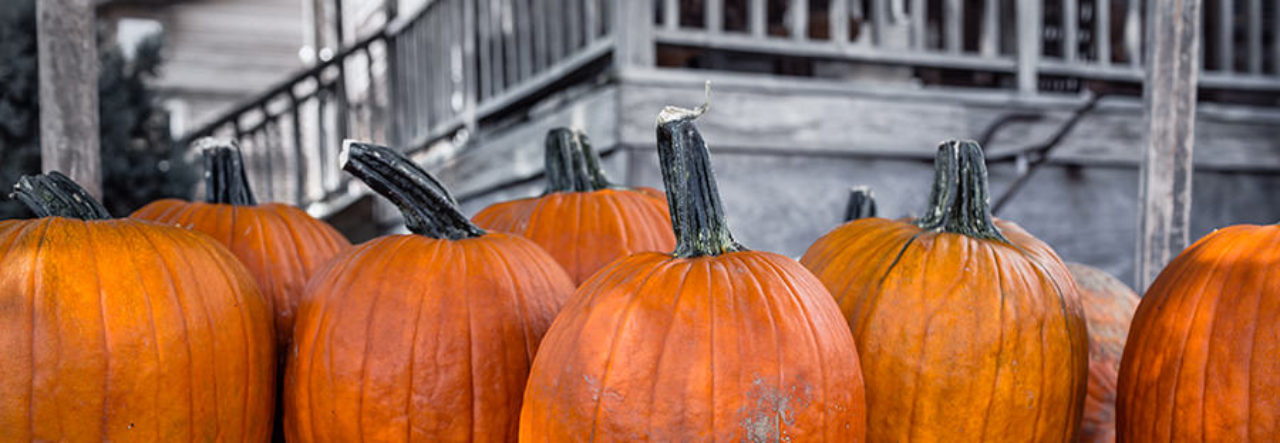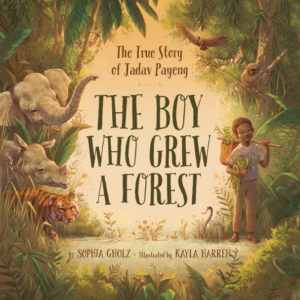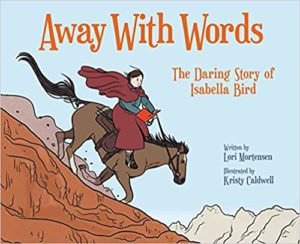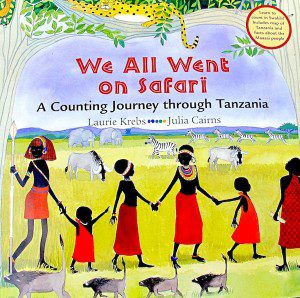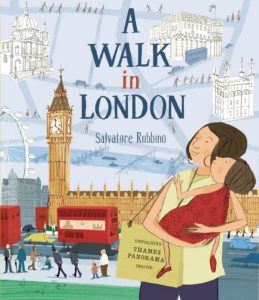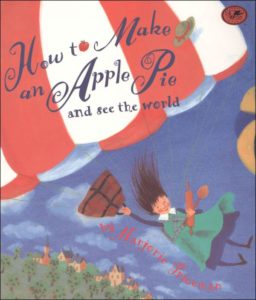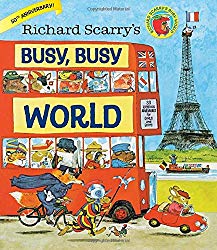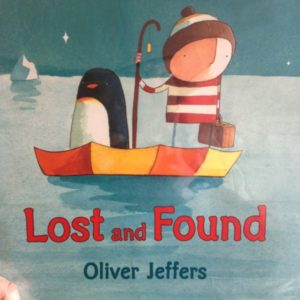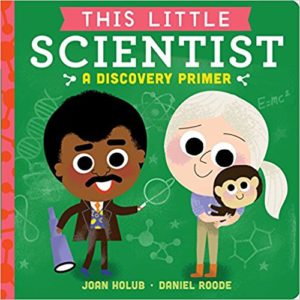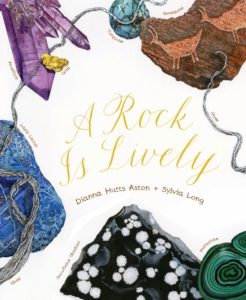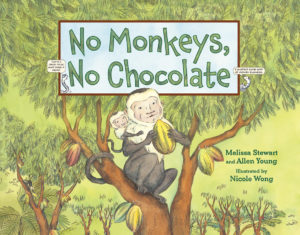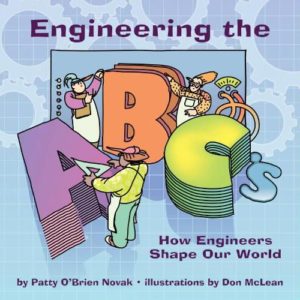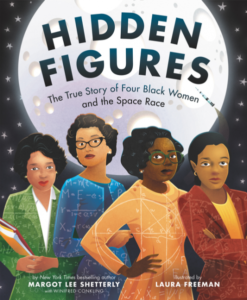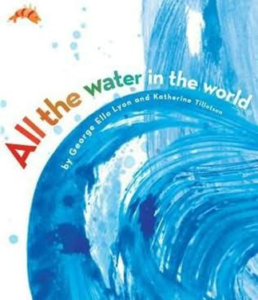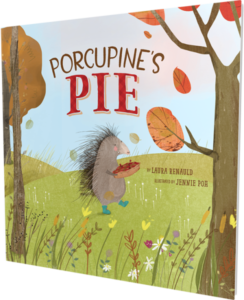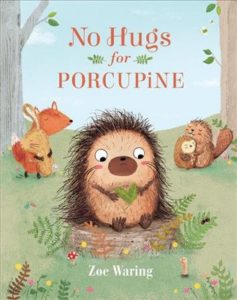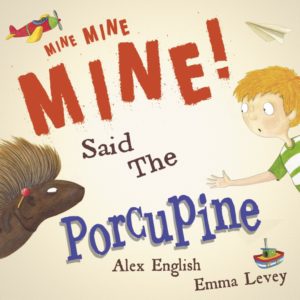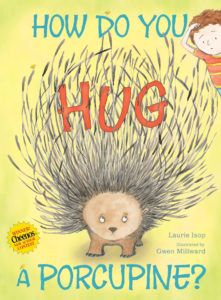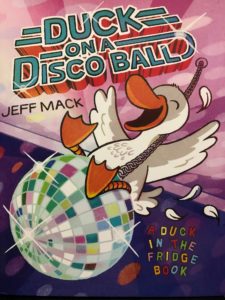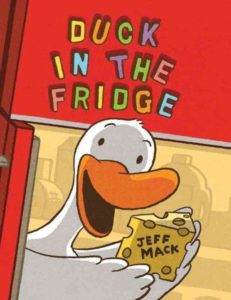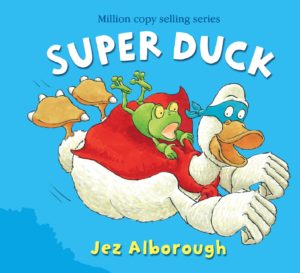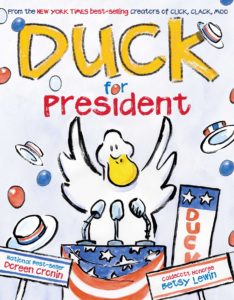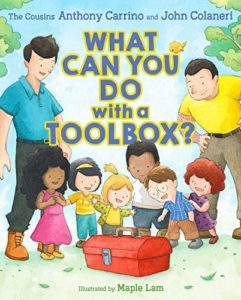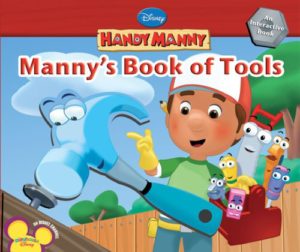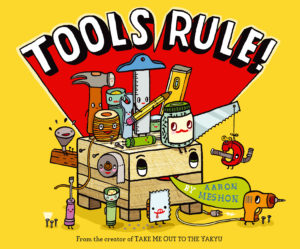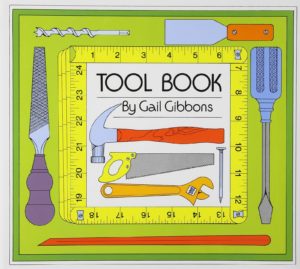The Boy Who Grew a Forest: The True Story of Jadav Payeng
Author: Sophia Gholz
Illustrator: Kayla Harren
Sleeping Bear Press
15 March 2019
32 pages
From the author: “As a boy, Jadav Payeng was distressed by the destruction deforestation and erosion was causing on his island home in India’s Brahmaputra River. So he began planting trees. What began as a small thicket of bamboo, grew over the years into 1,300-acre forest filled with native plants and animals. The Boy Who Grew a Forest tells the inspiring true story of Payeng–and reminds us all of the difference a single person with a big idea can make.”
Need some reviews of The Boy Who Grew a Forest?
And enjoy an interview with author Sophia Ghloz at the Celebrate Picture Books blog.
Educational Activities inspired by Sophia Gholz’s The Boy Who Grew a Forest:
- Before Reading–Ask students to examine the book’s front cover and answer the following:
- “What kind of animals do you see?”
- “What is Jadav carrying?”
- “When do you think this story happens–today or a long time ago?”
- “How do you imagine that someone can grow an entire forest?”
- After Reading–Why does Jadav like trees so much? Why are trees so important to his island?
- After Reading–What are some things Jadav did to protect the forest? What type of creatures came to live in the new forest? Which of those creatures are your favorites?
- Geography–This story takes places in India, a country in Asia that has 1⁄6 of the entire world’s population. Learn more about this amazing country here:
- Nature–With the help of an adult, grow some plants of your own!
- Craft–With an adult’s help, try out some of the following forest-themed crafts:
- Further Reading–Want to read more about forests and forest creatures? (Click on the book cover for more information on any of these titles!)

